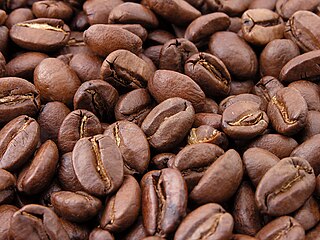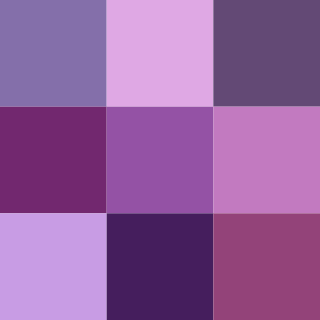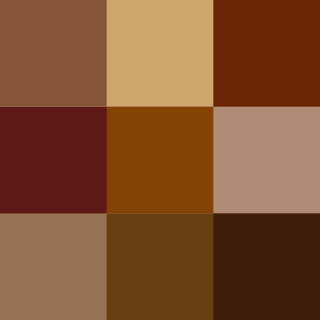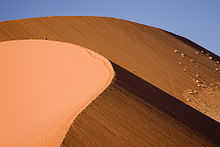
Beige is variously described as a pale sandy fawn color, a grayish tan, a light-grayish yellowish brown, or a pale to grayish yellow. It takes its name from French, where the word originally meant natural wool that has been neither bleached nor dyed, hence also the color of natural wool.

Bistre is a pigment made from soot. Historically, beechwood was burned to produce the soot, which was boiled and diluted with water. Many Old Masters used bistre as the ink for their wash paintings.[1] Bistre's appearance is generally of a dark grayish brown, with a yellowish cast.

Copper is a reddish brown color that resembles the metal copper.

Cerise is a deep to vivid reddish pink.

Lilac is a light shade of pink representing the average color of most lilac flowers. The colors of some lilac flowers may be equivalent to the colors shown below as pale lilac, rich lilac, or deep lilac. However, there are other lilac flowers that are colored red-violet.
Taupe is a dark gray-brown color. The word derives from the French noun taupe meaning "mole". The name originally referred only to the average color of the French mole, but beginning in the 1940s, its usage expanded to encompass a wider range of shades.
Ecru is a grayish yellow or cream colour. It is still defined by some dictionaries as the colour of unbleached linen, which it still is in French. In English, over the years it has come to be used for a quite different, much darker color.

Fallow is a pale brown color that is the color of withered foliage or sandy soil in fallow fields. This however is a post factum rationalization, and the etymologies are distinct.
Jungle green is a color that is a rich tone of medium spring green.

Ruby is a color that is a representation of the color of the cut and polished ruby gemstone and is a shade of red or pink.

Varieties of the color red may differ in hue, chroma, lightness, or in two or three of these qualities. Variations in value are also called tints and shades, a tint being a red or other hue mixed with white, a shade being mixed with black. A large selection of these various colors are shown below.

Pink colors are usually light or desaturated shades of reds, roses, and magentas which are created on computer and television screens using the RGB color model and in printing with the CMYK color model. As such, it is an arbitrary classification of color.

Camel is a color that resembles the color of the hair of a camel.
Livid is a medium bluish-gray color. This color name comes from the Latin color term lividus meaning "'a dull leaden-blue color', and also used to describe the color of contused flesh, leading to the English expression 'black and blue'". The first recorded use of livid as a color name in English was in 1622.

Coffee is a brownish color that is a representation of a roasted coffee bean. Different types of coffee beans have different colors when roasted—the color coffee represents an average.

There are numerous variations of the color purple, a sampling of which is shown below.

Shades of brown can be produced by combining red, yellow, and black pigments, or by a combination of orange and black—illustrated in the color box. The RGB color model, that generates all colors on computer and television screens, makes brown by combining red and green light at different intensities. Brown color names are often imprecise, and some shades, such as beige, can refer to lighter rather than darker shades of yellow and red. Such colors are less saturated than colors perceived to be orange. Browns are usually described as light or dark, reddish, yellowish, or gray-brown. There are no standardized names for shades of brown; the same shade may have different names on different color lists, and sometimes one name can refer to several very different colors. The X11 color list of web colors has seventeen different shades of brown, but the complete list of browns is much longer.

Shades of black, or off-black colors, are colors that differ only slightly from pure black. These colors have a low lightness. From a photometric point of view, a color which differs slightly from black always has low relative luminance. Colors often considered "shades of black" include onyx, black olive, charcoal, and jet.

Iron oxide red is a generic name of a ferric oxide pigment of reddish colors. Multiple shades based on both anhydrous Fe
2O
3 and its hydrates were known to painters since prehistory. The pigments were originally obtained from natural sources, since the 20th century they are mostly synthetic. These substances form one of the most commercially important groups of pigments, and their names sometimes reflect the location of a natural source, later transferred to the synthetic analog. Well-known examples include the Persian Gulf Oxide with 75% Fe
2O
3 and 25% silica, Spanish red with 85% of oxide, Tuscan red.

Rose is the color halfway between red and magenta on the HSV color wheel, also known as the RGB color wheel.












